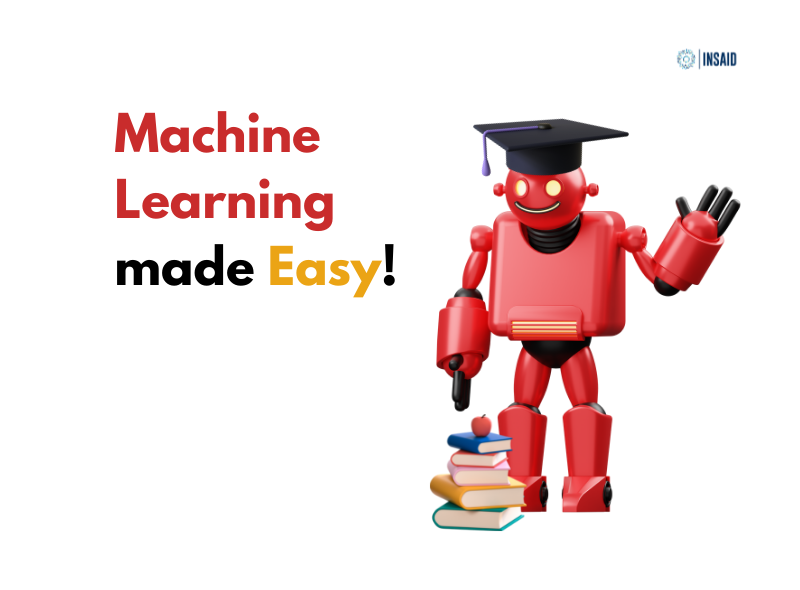The robot-depicted world of our not-so-distant future relies heavily on our ability to deploy artificial intelligence (AI) successfully. However, transforming machines into thinking devices is not as easy as it may seem. Strong AI can only be achieved with machine learning (ML) to help machines understand as humans do.
Machine learning can be confusing, so it is important that we begin by clearly defining the term:
Machine learning is an application of AI that enables systems to learn and improve from experience without being explicitly programmed. Machine learning focuses on developing computer programs that can access data and use it to learn for themselves.
How Does Machine Learning Work?
Similar to how the human brain gains knowledge and understanding, machine learning relies on input, such as training data or knowledge graphs, to understand entities, domains and the connections between them. With entities defined, deep learning can begin.
The machine learning process begins with observations or data, such as examples, direct experience or instruction. It looks for patterns in data so it can later make inferences based on the examples provided.
The primary aim of ML is to allow computers to learn autonomously without human intervention or assistance and adjust actions accordingly.
Why Is Machine Learning Important?
Machine learning as a concept has been around for quite some time. The term “machine learning” was coined by Arthur Samuel, a computer scientist at IBM and a pioneer in AI and computer gaming.
He designed a computer program for playing checkers. The more the program played, the more it learned from experience, using algorithms to make predictions.
As a discipline, ML explores the analysis and construction of algorithms that can learn from and make predictions on data.
ML has proven valuable because it can solve problems at a speed and scale that cannot be duplicated by the human mind alone. With massive amounts of computational ability behind a single task or multiple specific tasks, machines can be trained to identify patterns in and relationships between input data and automate routine processes.
Data is Key: The algorithms that drive machine learning are critical to success. ML algorithms build a mathematical model based on sample data, known as “training data” to make predictions or decisions without being explicitly programmed to do so.
This can reveal trends within data that information businesses can use to improve decision making, optimize efficiency and capture actionable data at scale.
AI is the Goal: ML provides the foundation for AI systems that automate processes and solve data-based business problems autonomously. It enables companies to replace or augment certain human capabilities.
Common ML applications you may find in the real world include chatbots, self-driving cars and speech recognition.
Check out this video to get a simpler understanding of what machine learning is.
Machine learning is not science fiction. It is already widely used by businesses across all sectors to advance innovation and increase process efficiency. Some notable examples are:
1. Data security
Machine learning models can identify data security vulnerabilities before they can turn into breaches. By looking at past experiences, machine learning models can predict future high-risk activities so risk can be proactively mitigated.
2. Finance
Banks, trading brokerages and fintech firms use machine learning algorithms to automate trading and to provide financial advisory services to investors. Bank of America is using a chatbot, Erica, to automate customer support.
3. Healthcare
ML is used to analyze massive healthcare data sets to accelerate discovery of treatments and cures, improve patient outcomes, and automate routine processes to prevent human error. For example, IBM’s Watson uses data mining to provide physicians data they can use to personalize patient treatment.
4. Fraud detection
AI is being used in the financial and banking sector to autonomously analyze large numbers of transactions to uncover fraudulent activity in real time. Technology services firm Capgemini claims that fraud detection systems using machine learning and analytics minimize fraud investigation time by 70% and improve detection accuracy by 90%.
5. Retail
AI researchers and developers are using ML algorithms to develop AI recommendation engines that offer relevant product suggestions based on buyers’ past choices, as well as historical, geographic and demographic data.
 Pin
PinWe hope you like this easy take on explaining Artificial Intelligence. If you’d love to read more such articles, check out our blog page to find out more!






